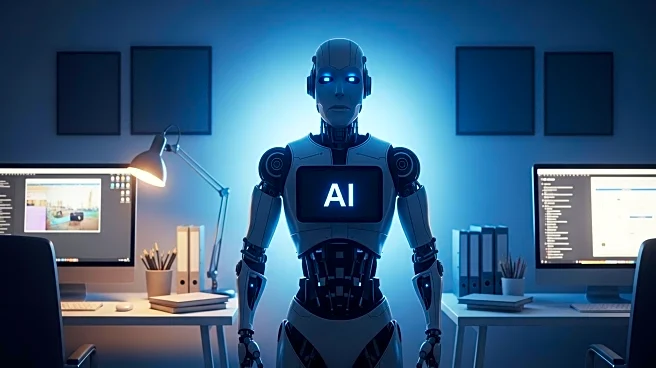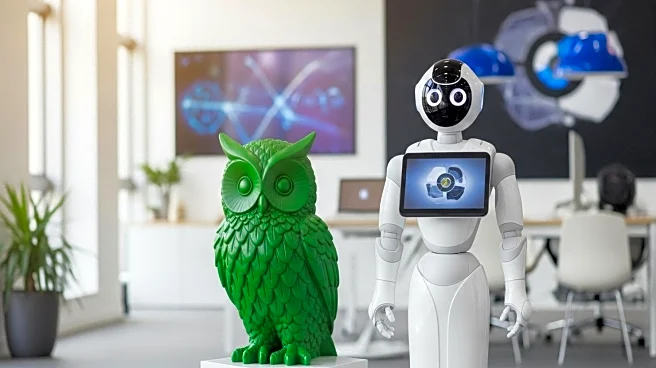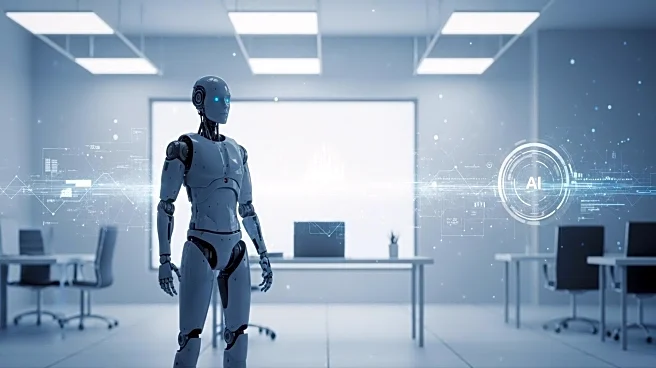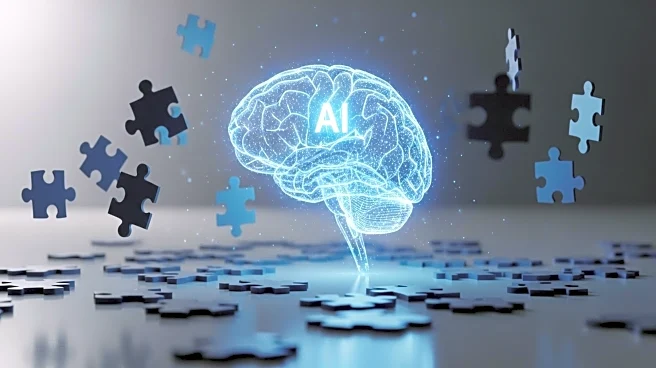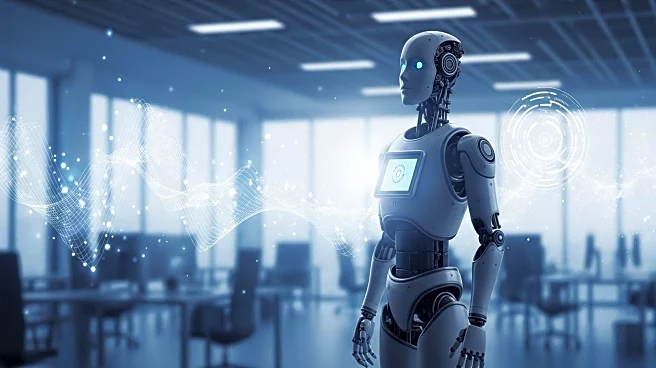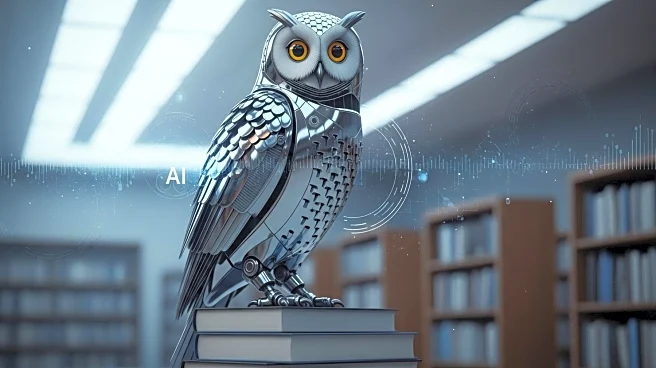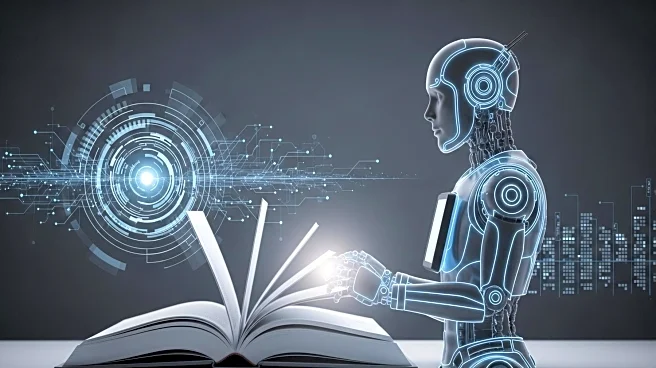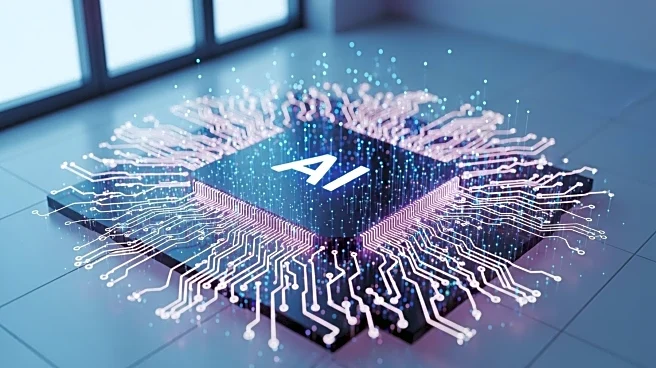What's Happening?
Duolingo CEO Luis von Ahn announced that the company has successfully integrated AI to enhance employee productivity without resorting to layoffs. Since adopting an 'AI first' approach, Duolingo has increased content production by four to five times with the same workforce. AI automation aids in creating language, math, music, and chess lessons more efficiently. Despite predictions of layoffs, Duolingo has maintained its full-time staff and increased its headcount since April. The company projects a revenue increase to $1.02 billion for 2025, driven by AI initiatives like Lily, an AI agent for language practice.
Why It's Important?
Duolingo's approach to AI integration highlights a potential model for other companies seeking to enhance productivity without reducing workforce size. By leveraging AI to automate routine tasks, employees can focus on more creative and strategic work, potentially leading to higher job satisfaction and innovation. This strategy contrasts with other tech firms that have used AI to cut costs through layoffs, suggesting alternative paths for AI-driven growth. Duolingo's success may influence industry standards and encourage more companies to adopt AI without compromising human employment.
What's Next?
Duolingo plans to continue expanding its AI-driven projects, potentially increasing its market share and influence in the education technology sector. The company's approach may prompt discussions on the long-term implications of AI on employment, as other firms consider similar strategies. Observers will watch how Duolingo balances AI efficiency with human workforce growth, potentially setting precedents for AI integration in business operations.
Beyond the Headlines
Duolingo's strategy raises ethical considerations about the role of AI in the workplace, particularly in maintaining employment levels while enhancing productivity. The company's success may lead to broader discussions on the ethical use of AI in business, including the potential for AI to complement rather than replace human workers.

